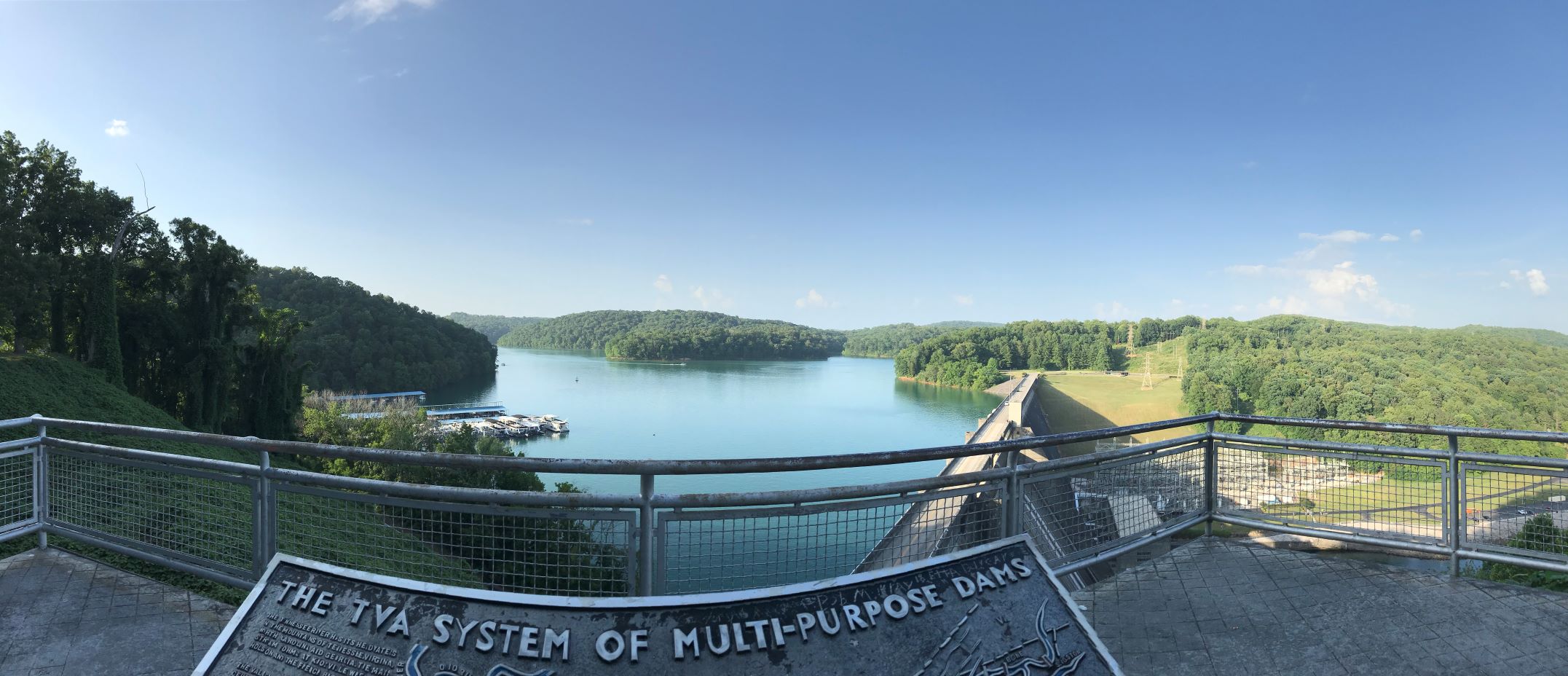The Power of Water
Posted on March 30, 2021 by Julie Graham

Water is power. It is needed to sustain life, but its power can be managed or left to destroy.
In the Tennessee Valley, dams were built to harness the power of the river and to control flooding in river communities. At the turn of the 20th century, life along the river brought a pattern of seasonal flooding and then shallow stagnant water resulting in economic and human suffering.
In 1933, the Tennessee Valley Authority (TVA) was tasked to manage the power of the waterways. This included building power generating dams, controlling the waterways on the Tennessee River to allow for navigation, easing seasonal flooding, and providing recreation for people living in the Valley.
The headlines from March 29, 2021, had several stories about the power of water. Heavy rains and high winds over the weekend brought flooding to streams and creeks across the Valley. Roads and bridges were damaged and some homes were flooded in low lying areas. Compare this to March 1867, prior to the system of locks and dams, when heavy rains brought flooding to Chattanooga. The entire city was underwater and there was a great loss of businesses and human life. The economic impact was measurable.
Also topping the headlines was the blockage of the Suez Canal by a stuck freighter and the resultant economic impact of this event on the shipping industry and consumer pricing. On a smaller scale, the Tennessee River and the Tombigbee Canal provide a shipping channel for goods and services. Managing the barge traffic and water flow is simply another role that the TVA is charged with.
Water has power. Water has shaped the communities, people’s lives, and economies of the Tennessee Valley. When you drive past or boat near one of the 49 dams in the Valley, appreciate the structures as monuments to human innovation and the services that each provides in building the community and economic development across the region.
Category: conservation, History, Rivers Tags: dams, ExploreTRV, flooding, rivers, Tennessee Valley, Tennessee Valley Authorit, TVA
Recent Posts
- Norris Lake Project Celebrates 15 Years of Conservation Stewardship and Community Service
- America’s Wilderness Act- 60 Years of Conservation
- Robert Trent Jones- A Legacy of Golf Landscape Architecture
- Love of River Life Prompts Substantial Donation to Hancock Station
- Engineering Ebbs and Flows-Why does TVA lower the water? by Mark Engler
- EV Bikes- Where to Ride
- Playing Safe on the Water and Trails
Tennessee Valley Stewardship Council
PO Box 900
Norris TN 37828
Copyright © 2024 · All Rights Reserved · TRV Stewardship Council
Theme: Natural Lite by Organic Themes · RSS Feed

Recent Comments